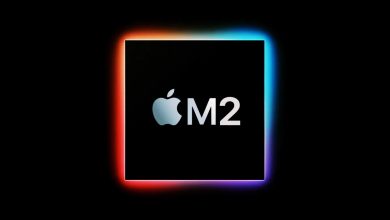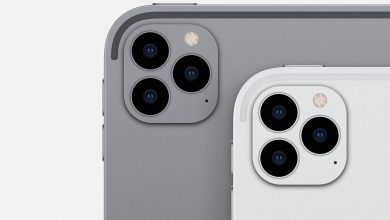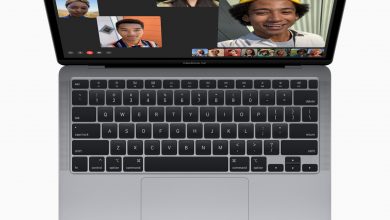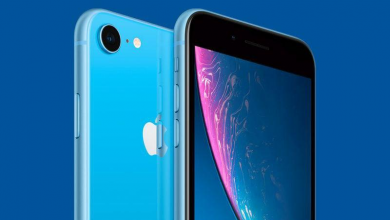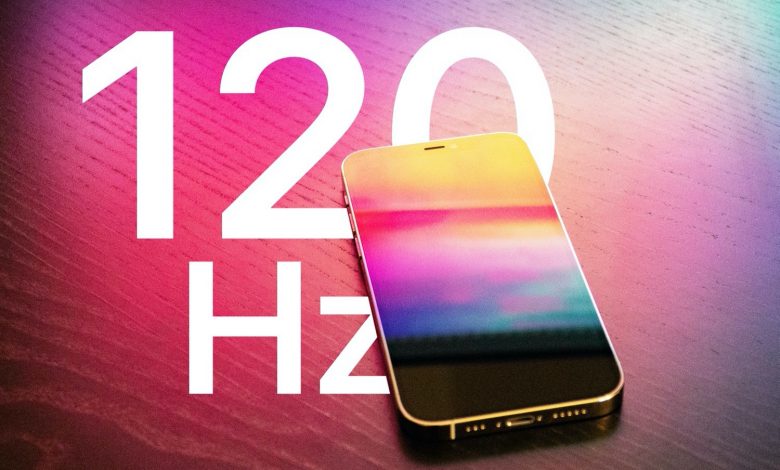
High refresh-rate displays have become a norm in high-end Android smartphones. Devices like Samsung Galaxy S20, OnePlus 8 Pro, Xiaomi Mi 10, Oppo Find X3, and Vivo X60 have a 120Hz refresh rate or higher. However, Apple is yet to implement this technology in its iPhones. The latest smartphones from Apple, the iPhone 12 series, still uses the outdated 60Hz refresh rate. The iPhone 12 series was expected to feature a 120Hz display but Apple didn’t move forward with it due to battery life concerns. Now, a new report claims that Apple has decided to use high refresh-rate display panels from Samsung and LG for the iPhone 13 series.
Given the consistent number of reports talking about the iPhone 13 Pro and iPhone 13 Pro Max arriving with 120Hz refresh rate displays, the latest update does not seem out of place. On this occasion, it is mentioned that both LG and Samsung will be converting parts of their production capacity and reserve them for Apple.
A paywalled DigiTimes report spotted by MacRumors claims that both Samsung and LG are in the process of converting their production facility to make panels for the Cupertino tech giant. Partnering with Apple will reap massive monetary rewards, which is one reason why both Korean manufacturers want to mass produce displays for the iPhone maker. In a previous report, it was stated that Samsung would commence LTPO OLED production from the first half of 2021.
Currently, the two companies are in the process of converting their iPhone-only production lines to LTPO. Back in January The Elec reported that only Samsung Display will be ready to supply Apple with the new type of panel and that LG Display will join next year. If the DT report is correct, then Apple now has two suppliers, which is the way Cupertino likes it.
As for the vanilla iPhone 13 and the iPhone 13 mini, these will stick with the older LTPS OLED tech with panels supplied by LG and BOE. This doesn’t necessarily preclude high refresh rate screens, but the new LTPO tech is more power efficient and makes it is easier to enable an adaptive refresh rate. So put 120 Hz for the non-Pros down as “unlikely”.
BOE is also interested in supplying LTPO panels, however, it couldn’t get its production line dialed in for this year’s models. The expectations are that Apple will switch to LTPO displays for all four of its main iPhone models next year (excluding the SE) and having an extra supplier will be beneficial.
Switching to LTPO, or low-temperature polycrystalline oxide, for the upcoming iPhone 13 Pro and iPhone 13 Pro Max will result in one major advantage; power efficiency. For those that do not know, this display technology can dynamically switch the refresh rate between 1Hz to 120Hz, depending on what is shown on the iPhone’s screen. For instance, if your phone displays a static image, the refresh rate will decrease to the lowest possible value to conserve battery life.
According to the report, Samsung has guaranteed to supply 30,000 OLED display substrates to Apple per month initially. Once the transition to LTPO technology fully completes, the Korean brand is said to have promised to supply up to 70,000 LTPO OLED substrates to the iPhone maker. Rumor has it that iPhone 13 Pro and the iPhone 13 Pro Max will use a 120Hz variable high refresh-rate display, whereas, the iPhone 13 and the iPhone 13 mini will use less advanced, 60Hz refresh rate panels.
At this stage, Samsung is expected to be the sole provider of 120Hz LTPO OLED panels to Apple, but LG could be placed into the fold if it can deliver on the quality and quantity front. However, we do not expect that to happen before 2022, so the company’s only responsibility is the mass production of LTPS panels. Apple will reportedly launch the four new iPhone 13 models in late September, and it is at that time where we will present all important details to our readers, including the display upgrades, so stay tuned.
According to analysts, the iPhone 13 series will be unveiled in September, a return to the usual schedule. However, if there are any delays in the supply chain, Apple could push that back to October.

